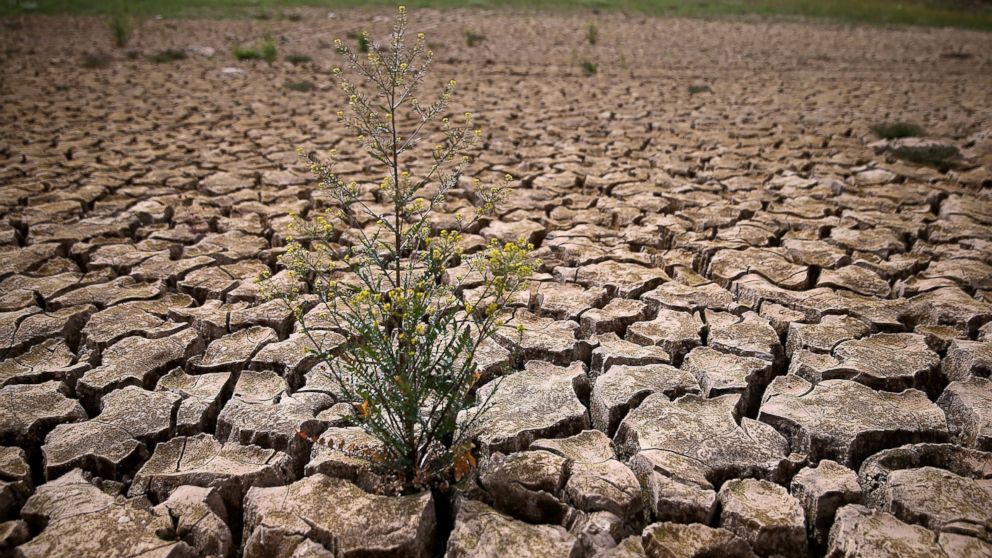World's Groundwater Supplies Draining Fast, NASA Study Says
Using a new approach, scientists reveal earth's fast-draining aquifers.

— -- The world’s groundwater is being depleted at alarming rates, according to a new NASA study.
Using a new approach -- employing satellite data from the Gravity Recovery and Climate Experiment (GRACE) -- NASA researchers concluded that 21 of the world’s 37 largest aquifers are being depleted faster than they can recharge, posing a long-term threat to the world’s freshwater supply, according to the study released Tuesday. Areas with aquifers under the most stress include India, northern China, the Middle East, Saharan Africa, and California’s Central Valley.
"Most of those aquifers are the ones that support the world's major food production," Jay Famiglietti, a senior water scientist at NASA’s Jet Propulsion Laboratory and co-author of the ground water study, told ABC News.
Researchers blame agriculture, population growth, climate change and water-intensive industries such as mining, for the alarming rates of groundwater depletion seen during the decade-long study period.
“Humanity has done a terrible job with groundwater stewardship,” Famiglietti said.
Groundwater is the primary source of freshwater for approximately two billion people worldwide, supplying 35 percent of the water used by humans, according to the NASA report. Underground aquifers come under increased stress during drought periods.
“Because of climate change, we will be seeing even less replenishment of those aquifers,” Famiglietti said.
As the world’s middle latitudes become drier, their aquifers will replenish less often, Famiglietti said. Combine that with an increasing demand for groundwater as the world population grows, and there may be a serious problem.
“It really paints a compelling picture for the problems of the future,” Famiglietti said.




